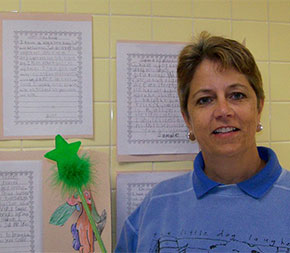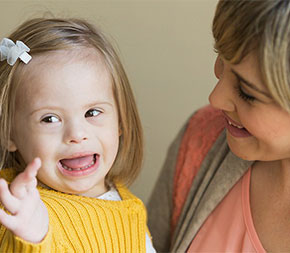What Types of Learning Disabilities Will You Encounter in the Classroom?

by All Star Staff


Special education programs in the U.S. serve a wide variety of students. Students with minor learning disabilities as well as those with debilitating physical or intellectual handicaps are all educated in special education programs.
If you are interested in becoming a special education teacher, you should know what types of disabilities you will be working with.
To help, we put together a list of common disabilities so you can make an informed decision.
Learning Disabilities in the Classroom
In the U.S., learning disabilities are regarded as a group of disorders that affect a student’s ability to learn at a regular pace. Learning disabilities are not indicative of low IQ; however, people with learning disabilities do have difficulty receiving, processing or communicating information. So, working with them to discover and overcome those difficulties can often improve their functionality on many levels.
Nearly half of all students served in special education programs suffer from one of the following types of learning disabilities:
- Auditory – Difficulty processing auditory information.
- Physical – Difficulty with motor skills and/or spatial relationships. Dyspraxia is a common form.
- Numerical – Difficulty with quantity, value, time, sequence and other mathematical concepts. Dyscalculia is a common form.
- Verbal – Difficulty reading in the areas of word recognition, decoding or comprehension, either silently or out loud. Dyslexia is a common form.
- Written – Difficulty with written expression including spelling, handwriting, organization and/or composition. Dysgraphia is a common form.
Students with learning disabilities in primary and secondary special education programs often spend much of their time in mainstream classrooms. They often need one-on-one therapy sessions to work on improving their comprehension and practicing specific skills with a specially trained and certified teacher. They may also need specialized attention during the classes in which they struggle or the opportunity to participate in special education classes or self-paced learning environments.
Special Ed Learning Disabilities
Over half of the students in special education programs are classified with disabilities that are not included in our definition of learning disabilities. These students fit into one of the following categories:
The Physically Disabled
The Individuals with Disabilities Education Act (IDEA) includes the following physical impairments in their list of covered disabilities:
- Hearing impairment
- Visual impairment
- Speech or language impairment
- Traumatic brain injury
- Deafness and blindness
Intellectually Disabled Students
Intellectually disabled students account for less than 10 percent of all students in special education programs. However, they require much more assistance, cost more money per student, and most often require self-contained classes and/or full-day special programs to ensure an appropriate, beneficial education.
Students with an IQ below 70 are considered intellectually disabled; however, children with mild intellectual disability (IQ 60-70) may not be recognized as disabled until poor academic performance is recognized.
Down syndrome, fetal alcohol syndrome and Fragile X syndrome are the most common forms of intellectual disability in schools today. However, a number of other more rare, genetic and developmental disabilities are represented in our school systems as well.
Autism is a common developmental disorder that is often associated with intellectually disability, but actually falls under a separate classification. Anywhere from 25% to 70% of autistic people also qualify as intellectually disabled.
Other Learning Disabilities
Other less-common disabilities treated in special education programs include developmental delays, various health impairments and emotional disturbance.



